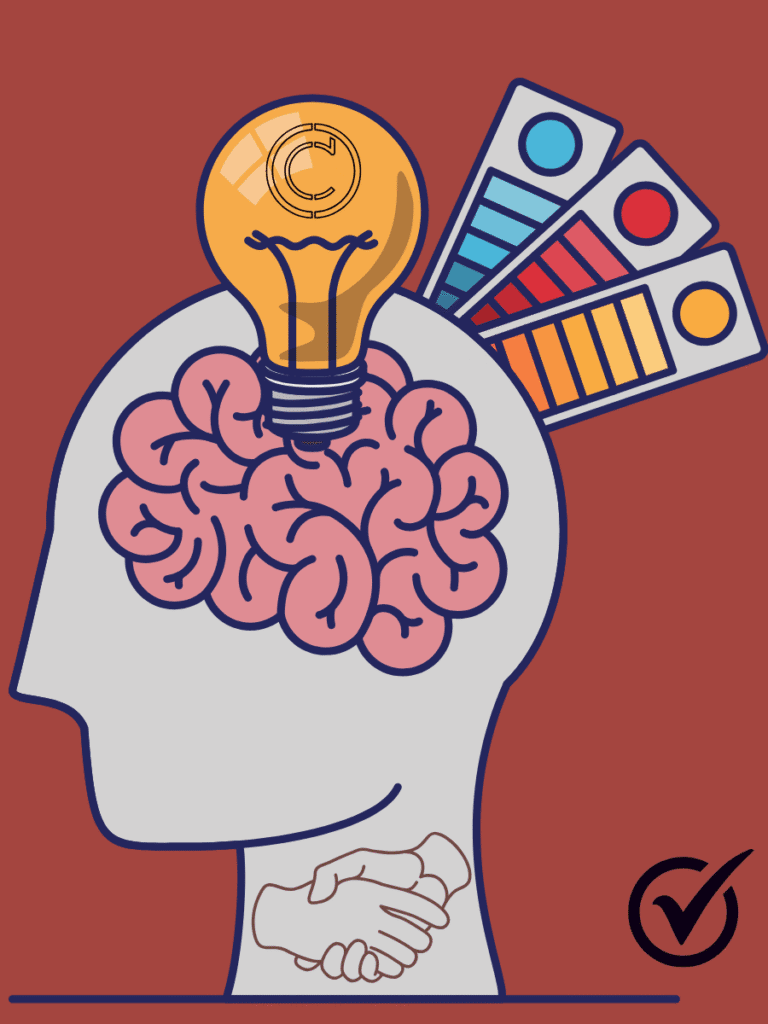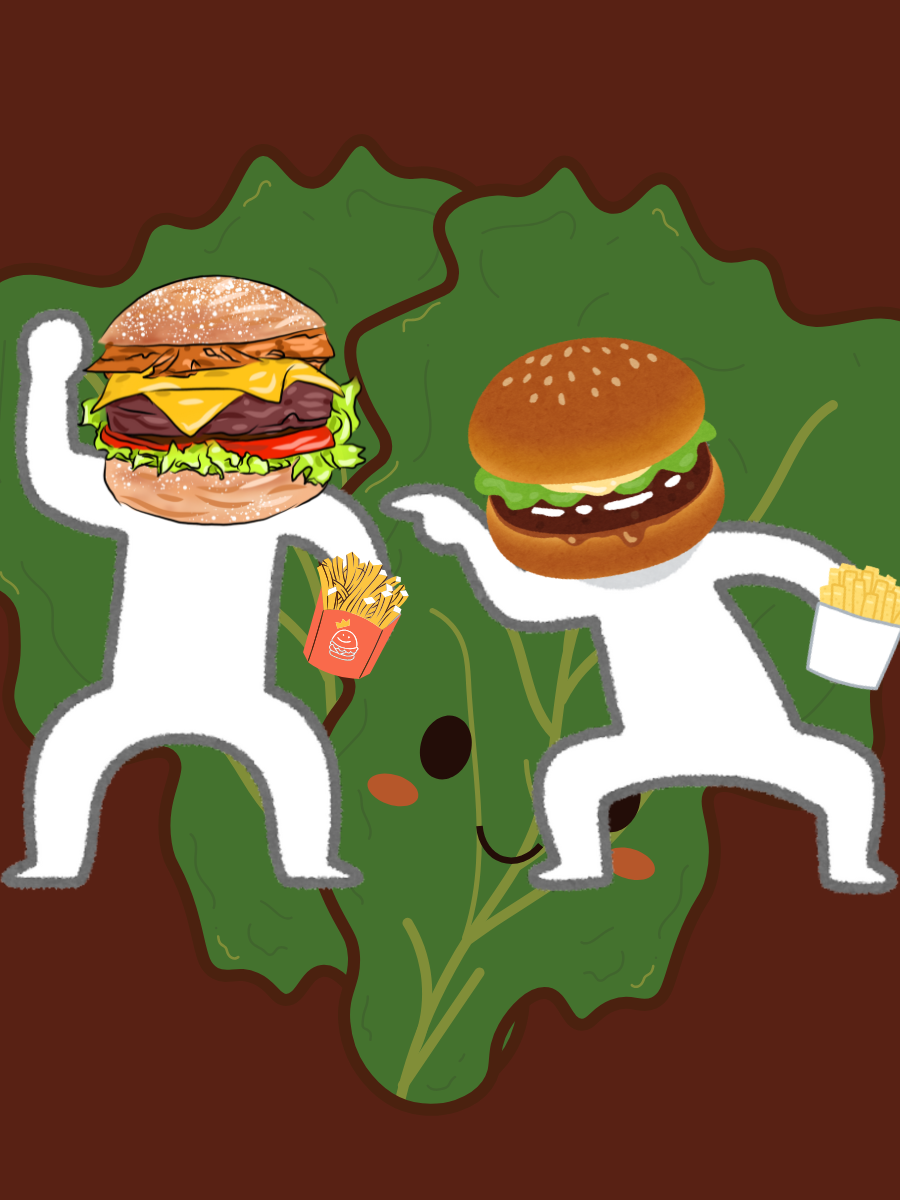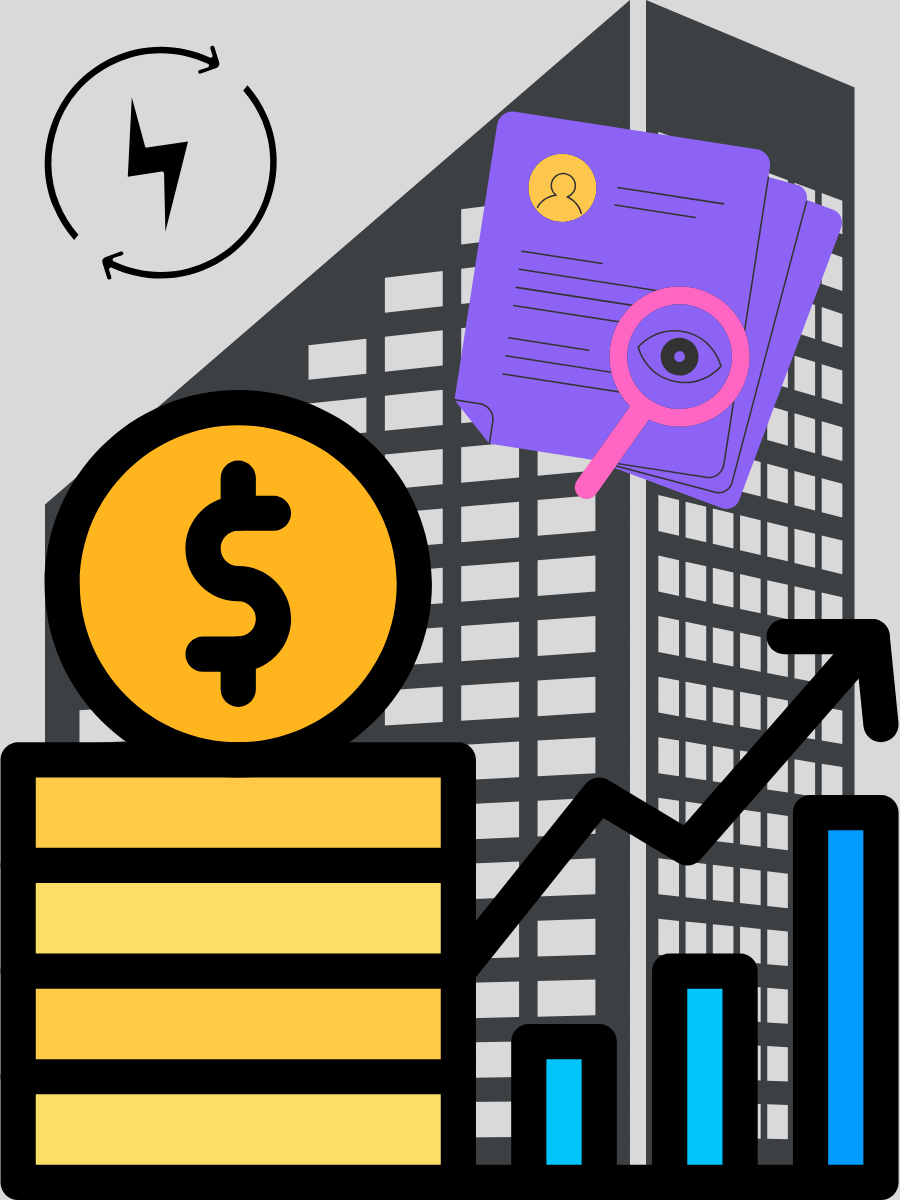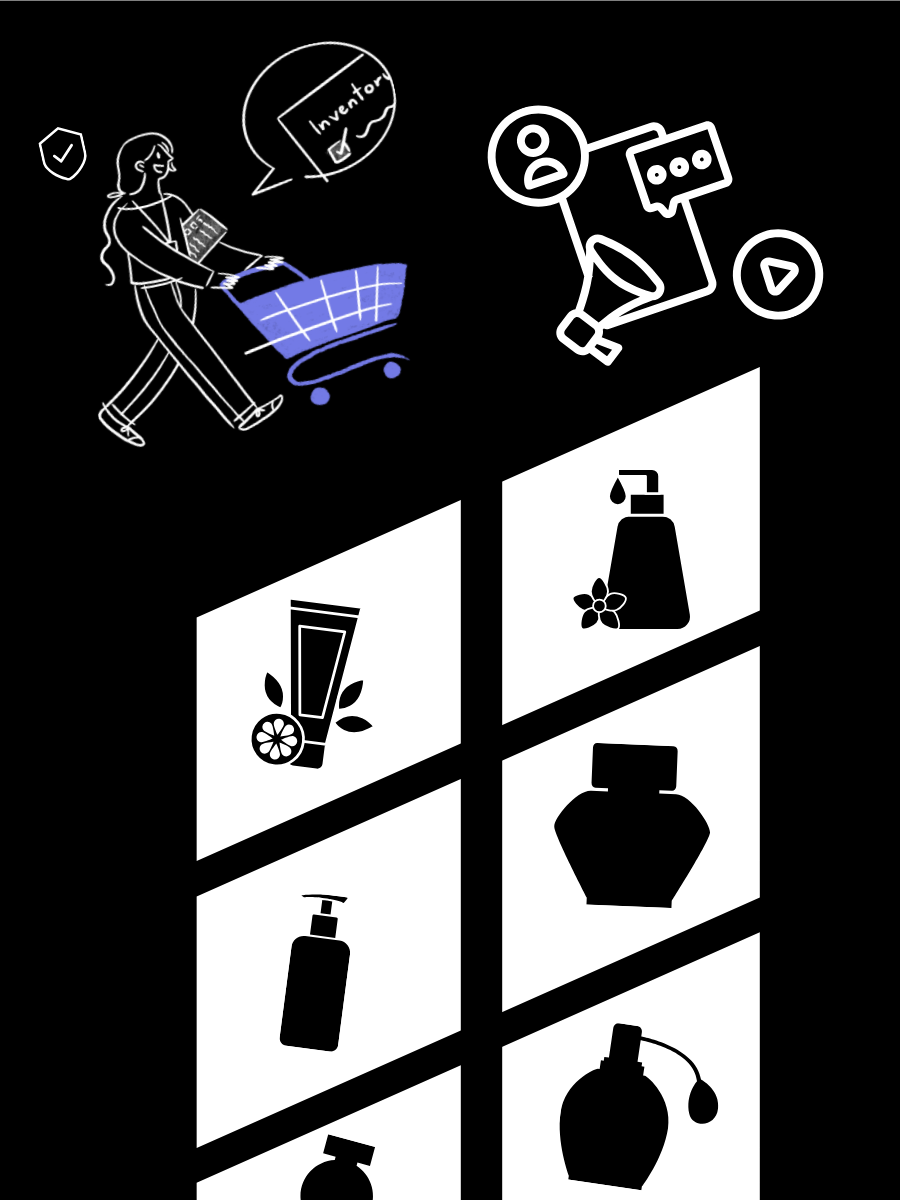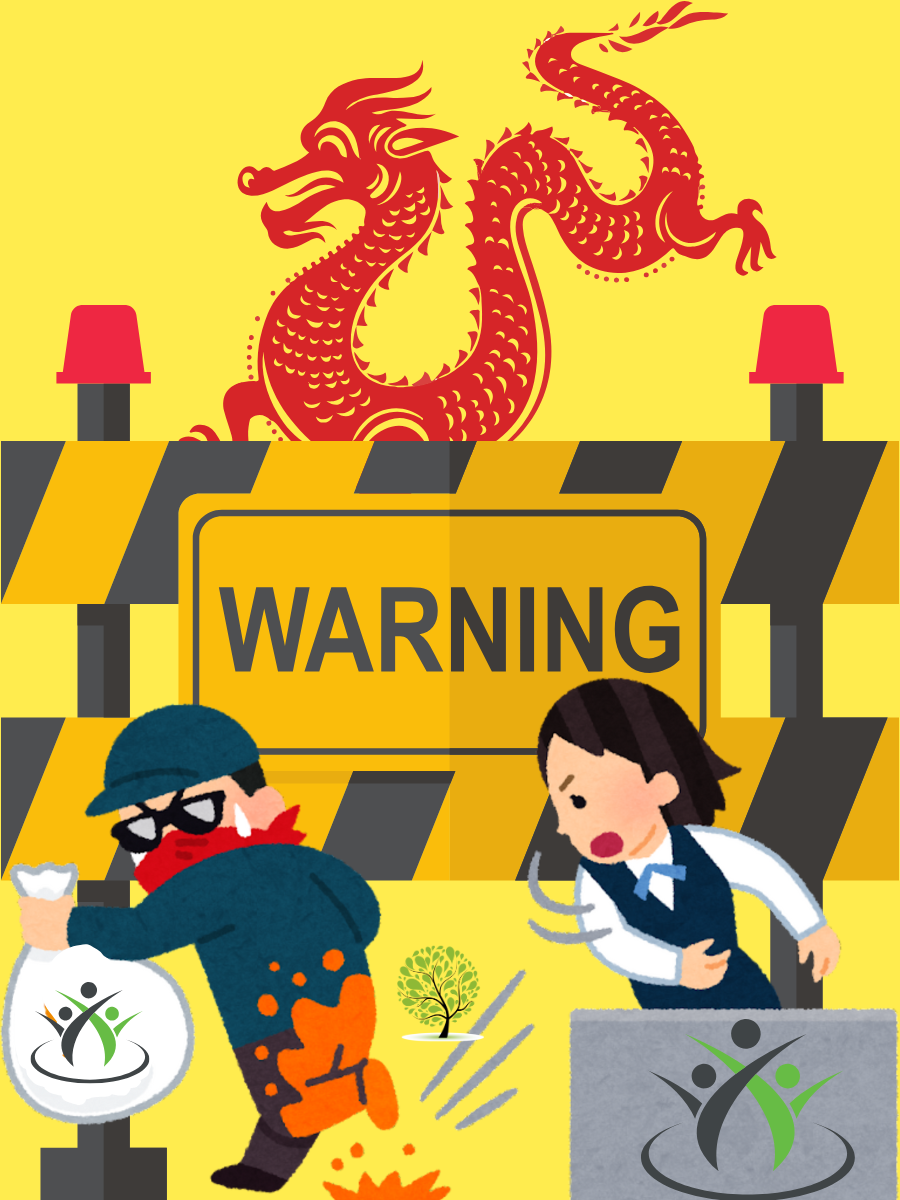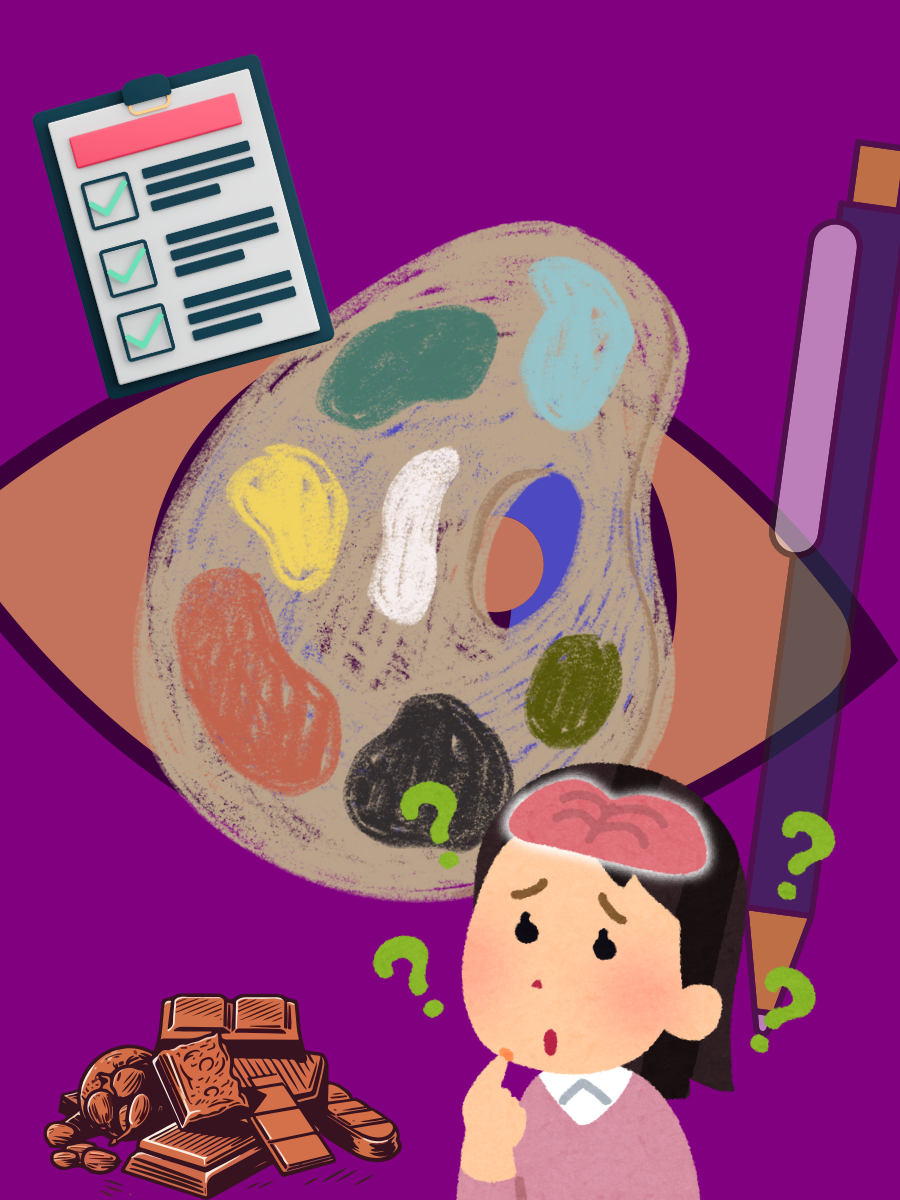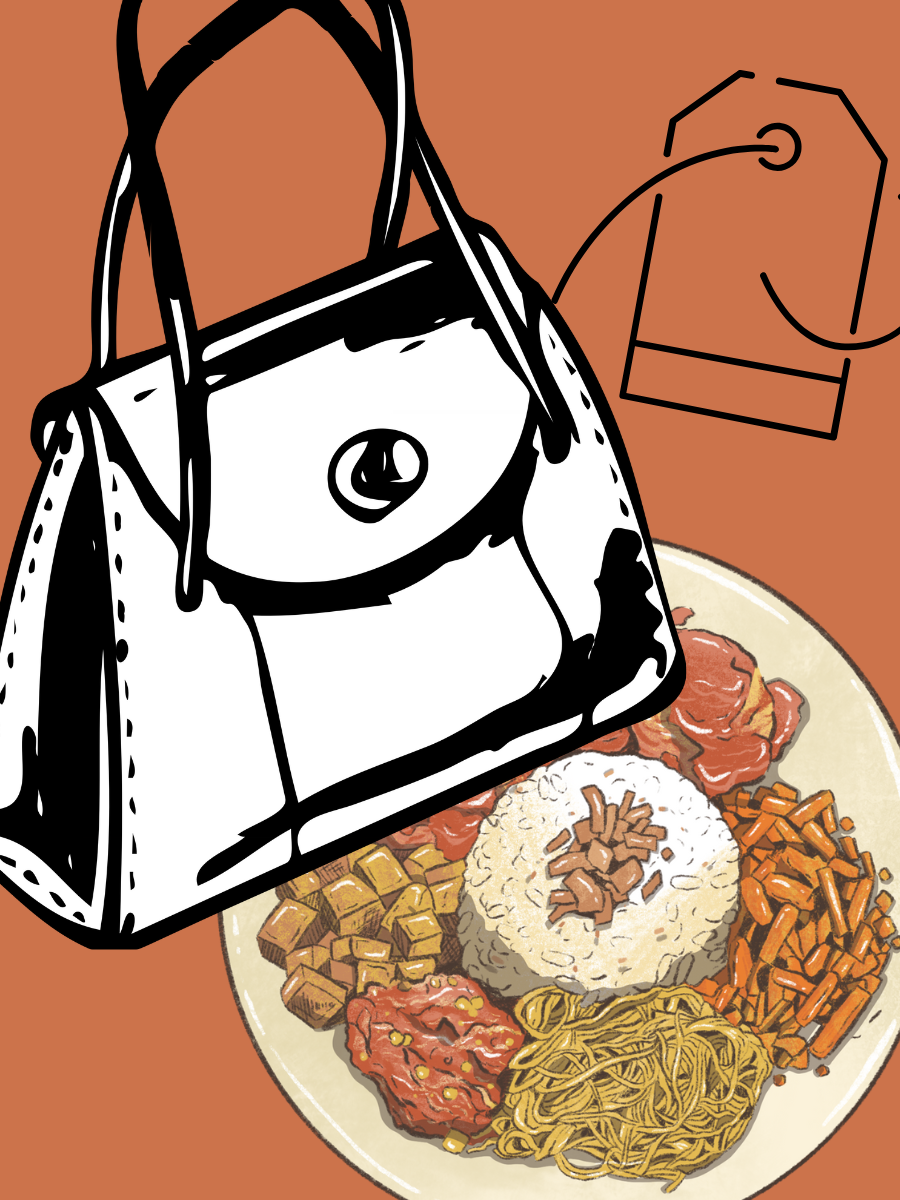Introduction
What are Intellectual Property Rights (IPR)?
These rights allow a person or company to control how its works including books, music, inventions, logos, movies, or software are used by others. Indeed, IPR encourages art and creativity by recognizing contributors well in advance. For example, when an author writes a novel, the copyright system grants the author and their descendants the sole power to publish and sell that book in perpetuity.
In a society increasingly dependent on technology, protecting these freedoms is more important than ever. Protecting authors from misuse or theft has become urgent in the digital age, where content is copied, shared, and transmitted instantly. Someone else can download and reuse a YouTube video or an Instagram image in seconds, sometimes without acknowledging the original creator.
However, not all uses of copyrighted materials are illegal. This brings us to this post’s topic: fair use and copyright infringement. Fair use sets clear boundaries allowing use of copyrighted material without permission for education, criticism, commentary, news reporting, or research. In contrast, copyright infringement occurs when copying falls outside these boundaries.
The objective here is to analyze the doctrine of fair use and clarify its fair use boundaries concerning copyright violations. Understanding how courts apply this doctrine clarifies users’ and creators’ rights as the law moves from theory to real cases. This article offers clear insights into this complex intellectual property area using key cases and simple explanations.
Understanding Copyright and Its Purpose
A copyright is a form of intellectual property that provides legal protection for the creator of an original work to determine where and how others may use this work. India’s copyright law is enshrined in the Copyright Act of 1957. One of its provisions is section 13, which enumerates the form of works that are accorded copyright protection the “work” must fall within one of 8 categories: “ a literary, dramatic, musical or artistic work, a cinematograph film, a sound recording, a photograph, a painting and a computer programme”.
There are two main reasons for the existence of copyright: economic rights and moral rights. Economic rights enable the creator to make money off their work by controlling how it is used e.g. selling, licensing, or distributing it. For instance, a songwriter can generate revenue by licensing his track to a feature film. Moral rights, by contrast, safeguard the relationship between an artist and a piece of work.
Copyright infringement occurs when someone uses a copyrighted work without the copyright holder’s permission and in a manner that violates the holder’s exclusive rights. That includes reproducing, distributing, performing or publicly displaying the work without the copyright owner’s consent. If, for example, a movie is illegally downloaded and distributed over the internet, the individual accused is infringing on copyrights. Another would be if a business played a copyrighted song in an advertisement without purchasing a license it would also be infringing. The original owner can also bring a lawsuit for damages in those cases.
Fair Use Boundaries: Origins and Evolution
The concept of fair use originated in the United States as a means of reconciling the rights of copyright holders with the public’s right to access and use information. Judges first interpreted the doctrine in court decisions before enshrining it in writing. It permitted people to employ tiny bits of copyrighted material in specific contexts like education, research or criticism without seeking permission. This point became significant, especially concerning newspapers, schools, and writers. Many other nations, including India, have used the U.S. fair use doctrine as a template when crafting their rules. However, they may be described (such as under the name “fair dealing”) in other nations’ laws.
On the other hand, for the U.S., it is officially defined in Section 107 of the Copyright Act. It says that specific uses of copyrighted works may not be copyright infringement if done for purposes like criticism, comment, news reporting, teaching, scholarship, or research. This statute does not establish a bright-line rule but offers guidance that courts can use to determine whether a particular use is “fair.” This flexible approach lets judges consider the specifics of each case.
Factors to Check Fair Use Boundaries
To determine whether or not something is in fact “fair use,” courts in the U.S. examine four primary factors:
- The purpose and character of the use –The intent and nature, if the use is non-commercial (for example, in education) or commercial (for profit)? If the use is for nonprofit or educational purposes, courts are more inclined to permit it. For instance, a teacher copying a few pages of a textbook for class discussion would be considered fair use. However, a business that duplicates the same material to sell probably does not.
- The nature of the copyrighted work – Is the use purely commercial or non-commercial, namely educational? Courts are more likely to find fair use if it is educational or nonprofit. So, a teacher copying a few pages from a textbook to discuss them in class might be fair use, while a company copying the same pages to sell them is probably not.
- Courts assess how much and which part of the original work is used by examining the amount and substantiality. Using a small or less important portion supports fair use, but using the “heart” or key section works against it. For example, quoting one sentence is usually allowed, but using the entire last chapter is not.
- The effect on the potential market—if the use lowers demand for the original work, it’s less likely fair. For example, offering a full movie free online may discourage paid views, favoring the copyright owner in the fair use test.
These four factors are not strict rules but are used by courts as guidelines. Judges look at all the factors together and decide based on each case’s overall fairness.
Conclusion
Fair use is crucial for safeguarding creativity, allowing people to express themselves freely, and ensuring that information is accessible to everyone. It works to create a fair compromise between the rights of those who hold copyrights and the broader public good. Still, distinguishing between what counts as fair use and what is copyright violation can be pretty confusing. When determining if something qualifies as fair use, courts consider various factors, and the result can hinge on the particular details of each situation.
References
- https://blog.ipleaders.in/fair-use-under-copyright-law/
- https://theoraclelegalgroup.com/fair-use-vs-copyright-infringement-understanding-the-boundaries/
- https://lawforkids.org/articles-and-cases/copyright-law-and-the-fair-use-doctrine
- https://depenning.com/blog/fair-use-vs-infringement-understanding-the-lines-in-the-digital-age/
- https://ogc.harvard.edu/pages/copyright-and-fair-use
- https://picdefense.io/blog/fair-use-vs-infringement-guide/
- https://www.copyright.gov/fair-use/

